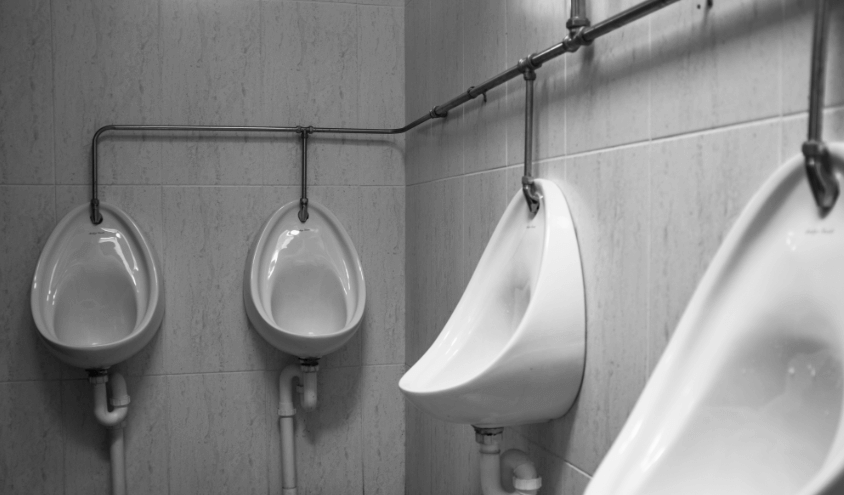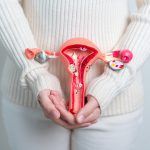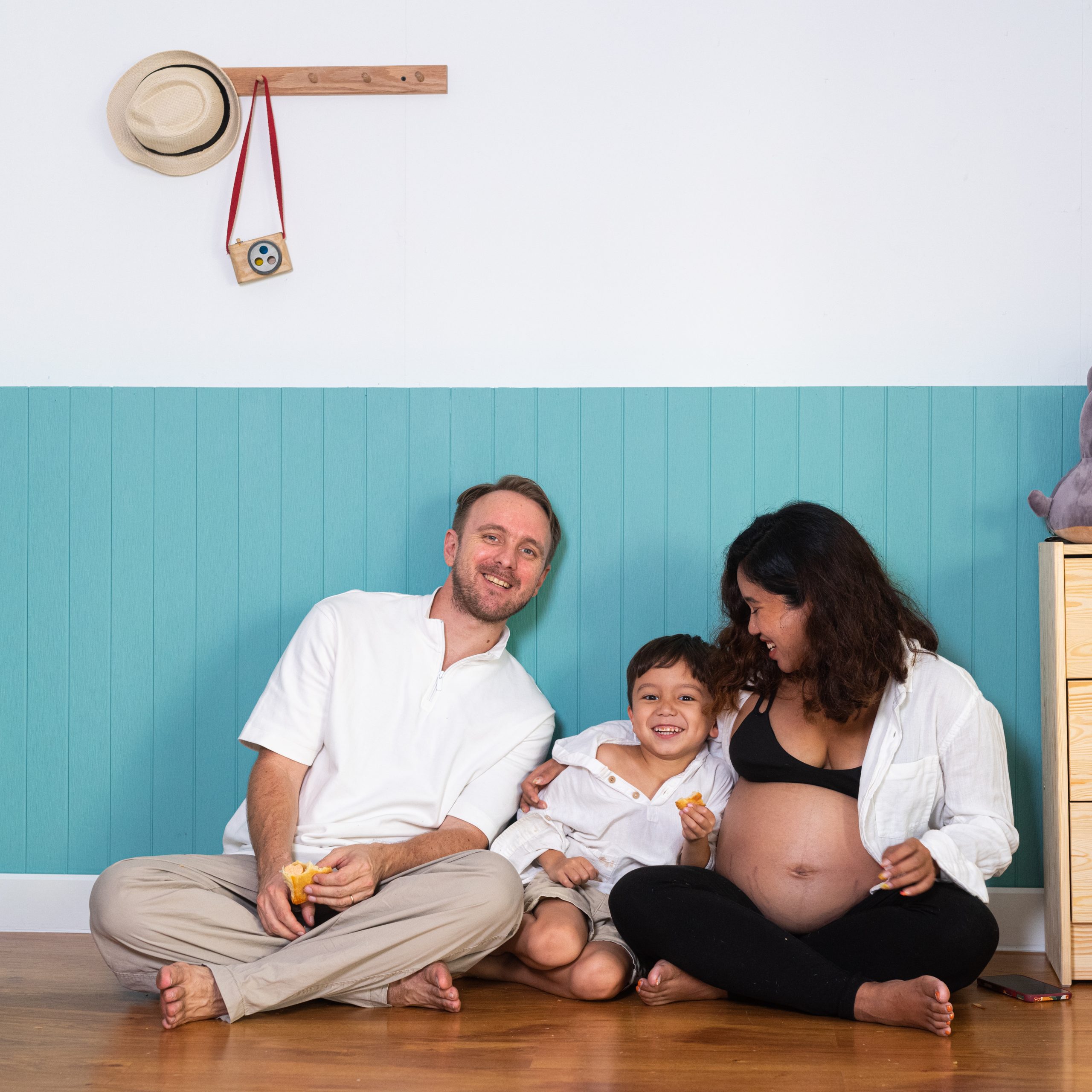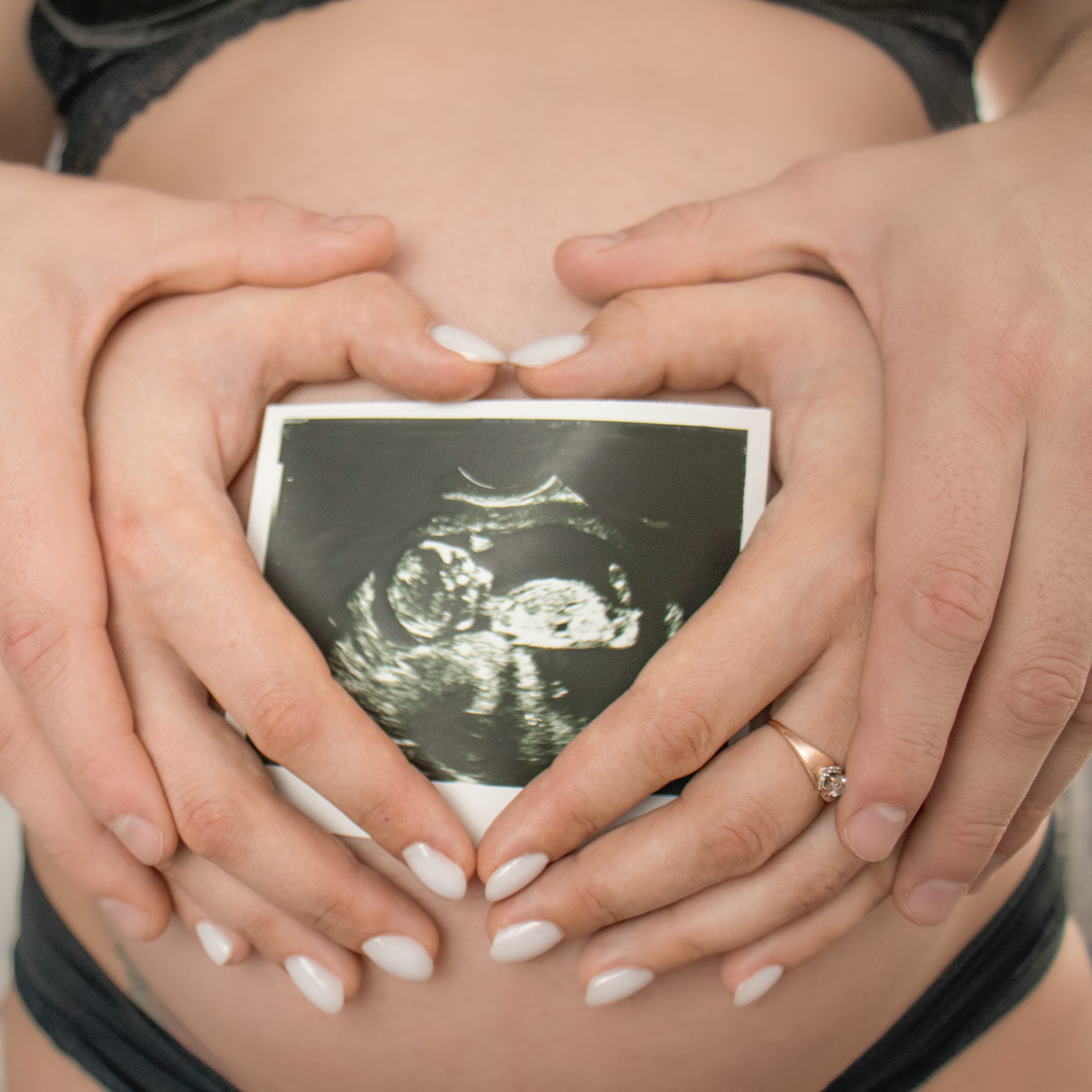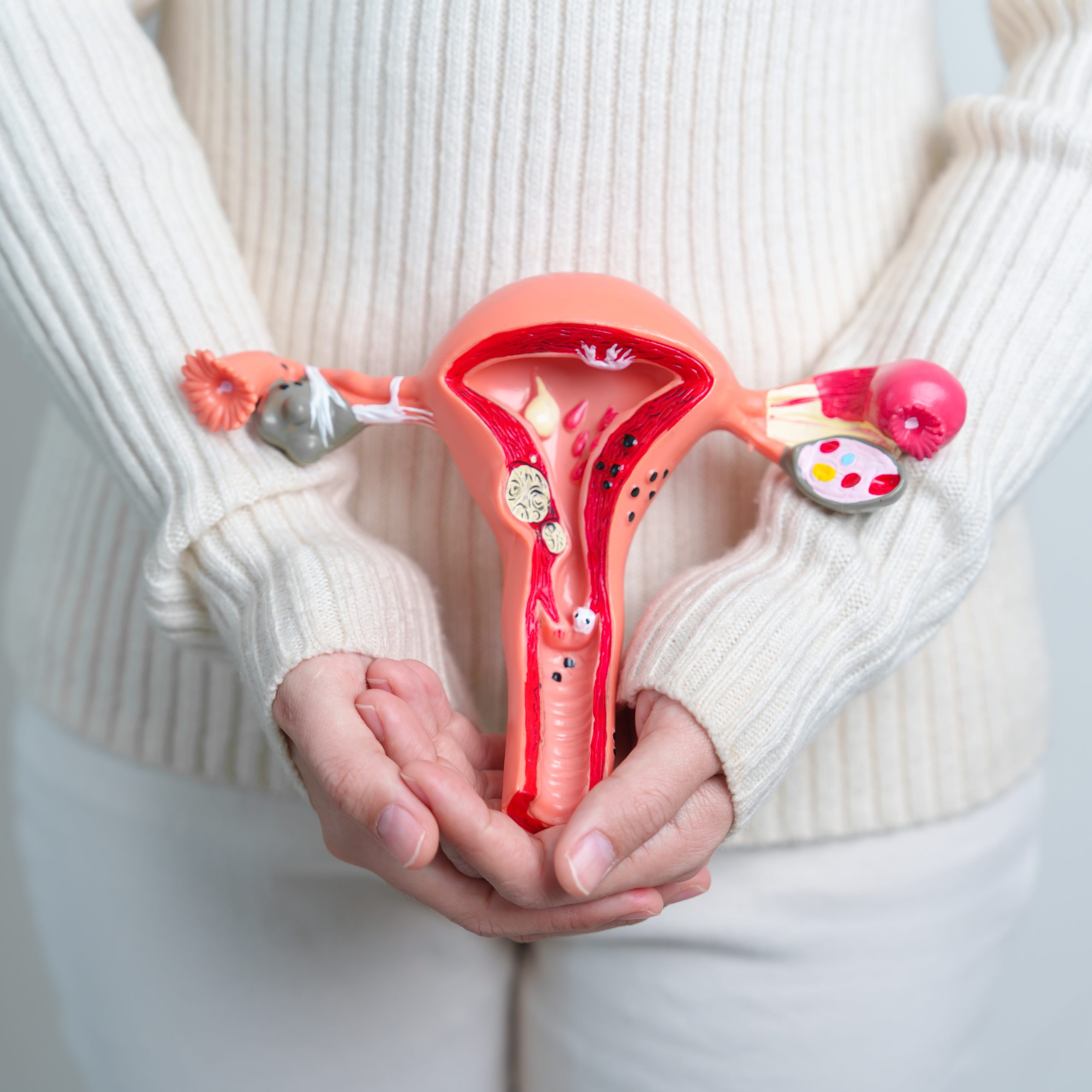12 Fast Facts About Urinary Incontinence
- Urinary incontinence occurs twice as often in women as in men.
- 1 in 4 women over the age of 40 will develop urinary incontinence in their lifetime.
- Thirty percent of women will experience symptoms immediately after child-birth. Most will see a resolution of these symptoms 3 to 6 months after their delivery.
- There are several types of urinary incontinence:
- Stress incontinence —This is the most common type of incontinence in women when leakage occurs with coughing, sneezing, exercising, laughing, lifting heavy things, and other movements that put pressure on the bladder. It is often caused by physical changes from pregnancy, childbirth, and menopause. It can be treated and sometimes cured.
- Urge incontinence — This is sometimes called “overactive bladder.” Leakage usually happens after a strong, sudden urge to urinate. This may occur when you don’t expect it, such as during sleep, after drinking water, or when you hear or touch running water.
- Functional incontinence — People with this type of incontinence may have problems thinking, moving, or speaking that keep them from reaching a toilet. For example, a person with Alzheimer’s disease may not plan a trip to the bathroom in time to urinate. A person in a wheelchair may be unable to get to a toilet in time.
- Overflow incontinence — Urine leakage happens because the bladder doesn’t empty completely. Overflow incontinence is less common in women.
- Mixed incontinence — This is 2 or more types of incontinence together (usually stress and urge incontinence).
- Transient incontinence — Urine leakage happens for a short time due to an illness (such as a bladder infection or pregnancy). The leaking stops when the illness is treated.
5. Modest weight loss, approximately 8% of your body weight, can result in a 50–75% of urinary incontinence symptoms.
6. Pelvic floor exercises, commonly called Kegel exercises if done properly can improve some symptoms of urinary incontinence. However, using weighted Jade stones or Kung Fu vaginal exercises (non-medically suggested or supervised “therapies”) can result in over-stimulation of the pelvic muscles and result in voiding dysfunction or pelvic pain.
7. Pelvic Floor Rehabilitation is a medically supervised program of muscle stimulation and pelvic floor exercises. This can be used to treat both stress and urge incontinence. It also has benefits for some women with fecal incontinence and chronic pelvic pain (CPP).
8. Urge incontinence can be managed in several ways: behavioral modification, medication, pelvic floor rehabilitation, Botox injections and nerve stimulation.
9. Surgery to treat stress incontinence typically involves placement of a sling which can be one of several types. This oftentimes can be performed as an outpatient surgical procedure.
10. Women who have urinary incontinence may also have symptoms related to pelvic organ prolapse (POP). The treatment of these symptoms may require additional therapy or surgery.
11. A Urogynecologist is a physician specially trained in treating Urinary Incontinence in women. These physicians will typically be board-certified in Female Pelvic Medicine and Reconstructive Surgery (FPMRS).
12. You don’t have to live with urinary incontinence. The first step to getting better is to inform your physician so that an evaluation can be done.
By: Dr. Kevin O’Neil

